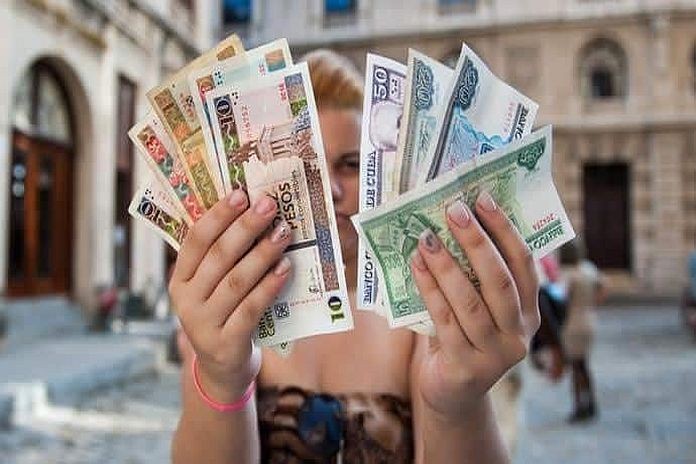HAVANA, Cuba, (TeleSUR) – Amid the pandemic recovery and the tightening of the US economic blockade, the Caribbean nation has entered the second year of its major monetary overhaul.
The reform scrapped the dual currency system set up in 1994, and increased salaries, pensions, and social security payments while transforming the pricing structure completely. To improve its economic performance, Cuba has rolled out multiple moves over 2021, including expanding private sector employment, promoting digital economy and expediting production process through various channels.
State-run enterprises, which provide over 70 percent of Cuba’s GDP, have been called to increase efficiency and productivity. The Cuban government has also legalized more than 1,200 small and medium-sized enterprises since September last year.
With 2 percent GDP growth in 2021 and inflation over 70 percent, the Cuban economy entered 2022 amid the resumption of economic activity after the coronavirus lockdown. Meanwhile, the United States did not seem to loosen its sanctions, which already caused direct economic losses of over US$100 billion to Cuba.
Cuban president Miguel Diaz-Canel stressed that the economic recovery of the island is a huge challenge ahead.
“It will only be possible if we keep the pandemic at bay and take advantage of what all the country can do in seeking efficiency,” he said, adding that “nothing indicates the US blockade will come to an end. Everything will depend on our strengths.”
Teresa Lara, an analyst at Cuba’s Enterprise for Knowledge Management and Technology, believed that the 8th Congress of the Central Committee of the Communist Party held last year has boosted the implementation of new economic measures on the island.
“This year will be marked by resistance and resilience, but the real take-off will take place in 2023,” she said, recalling that the Cuban economy is projected to grow by 4 percent this year.





